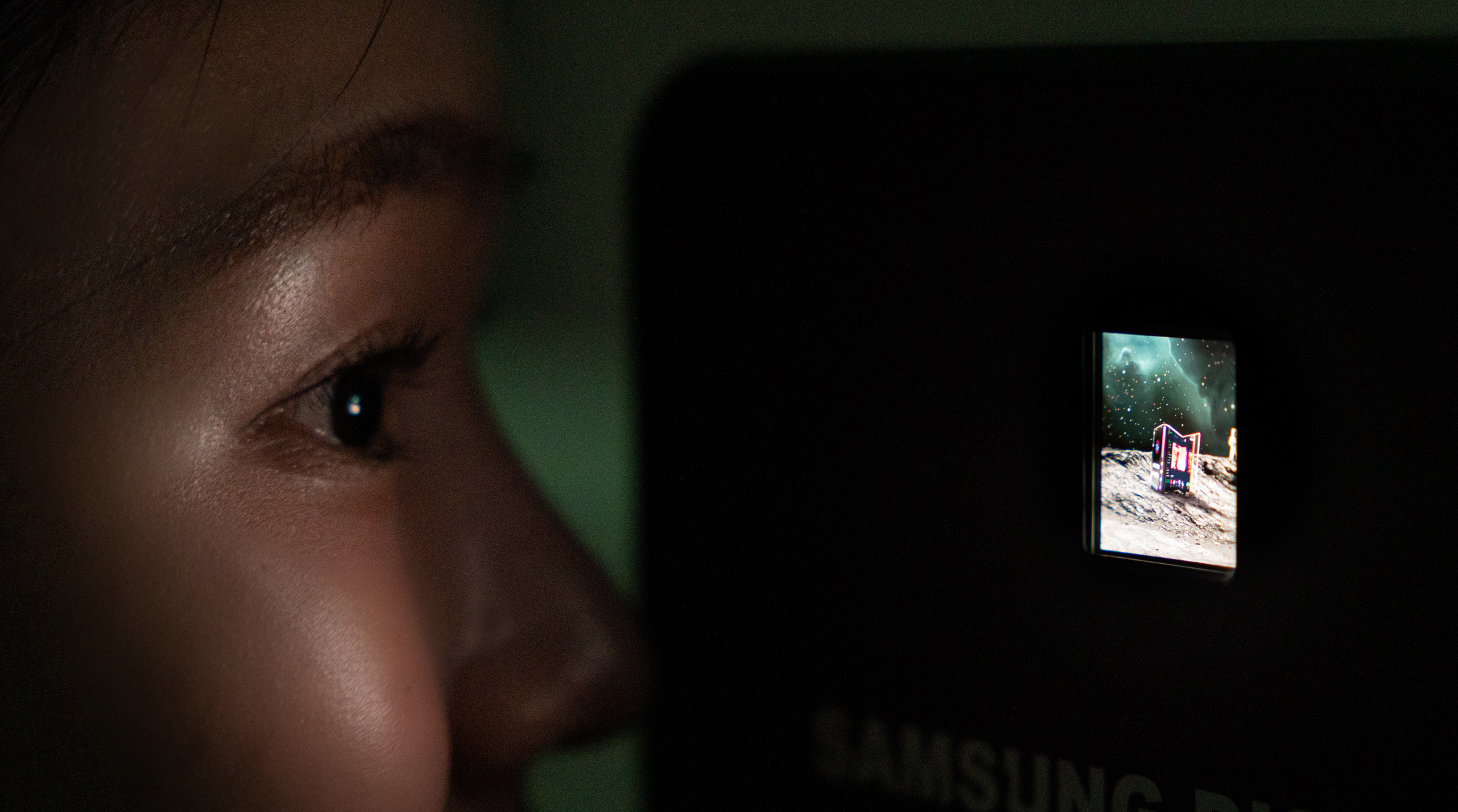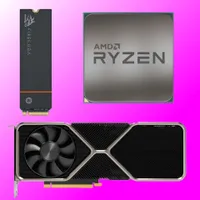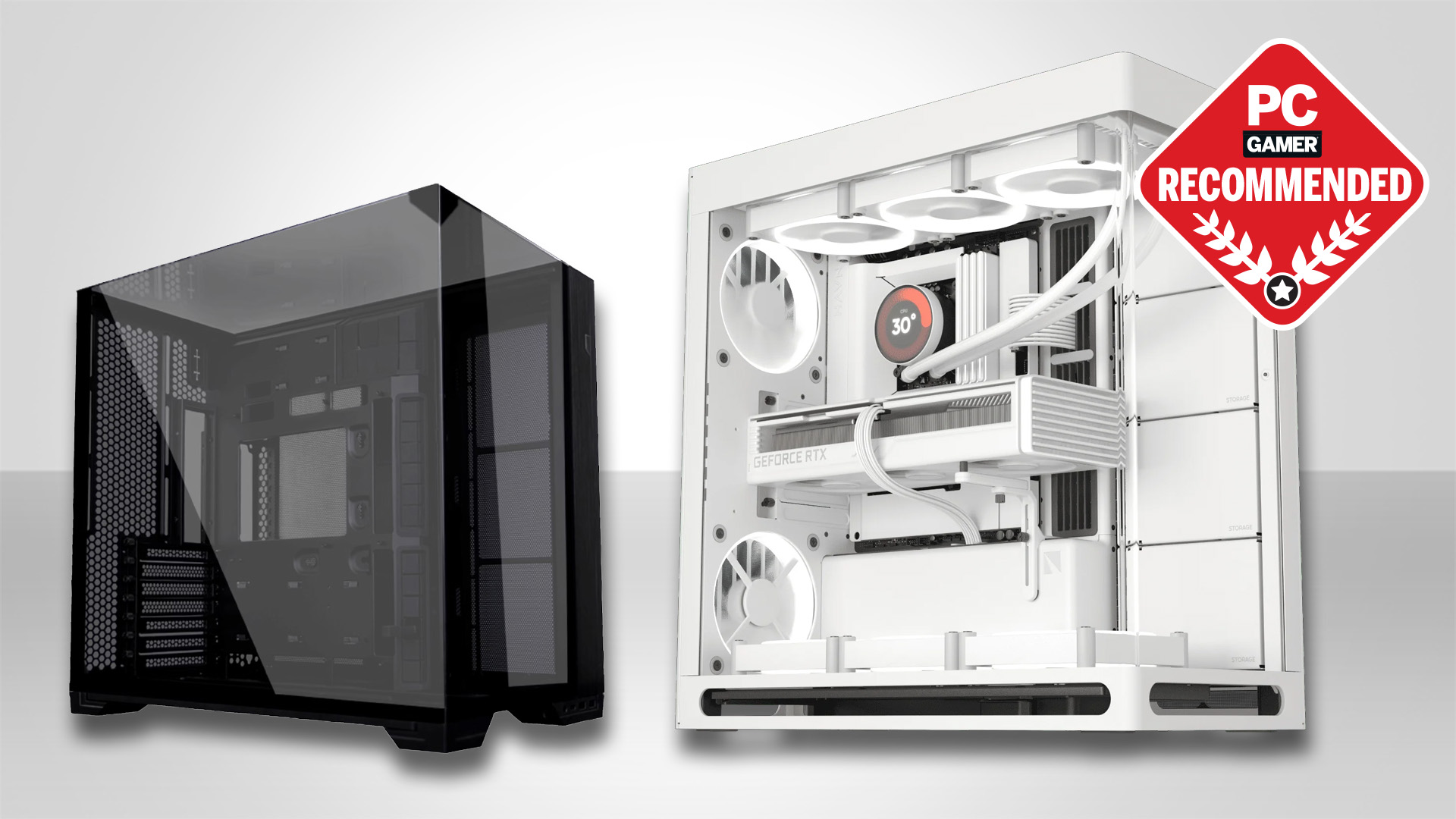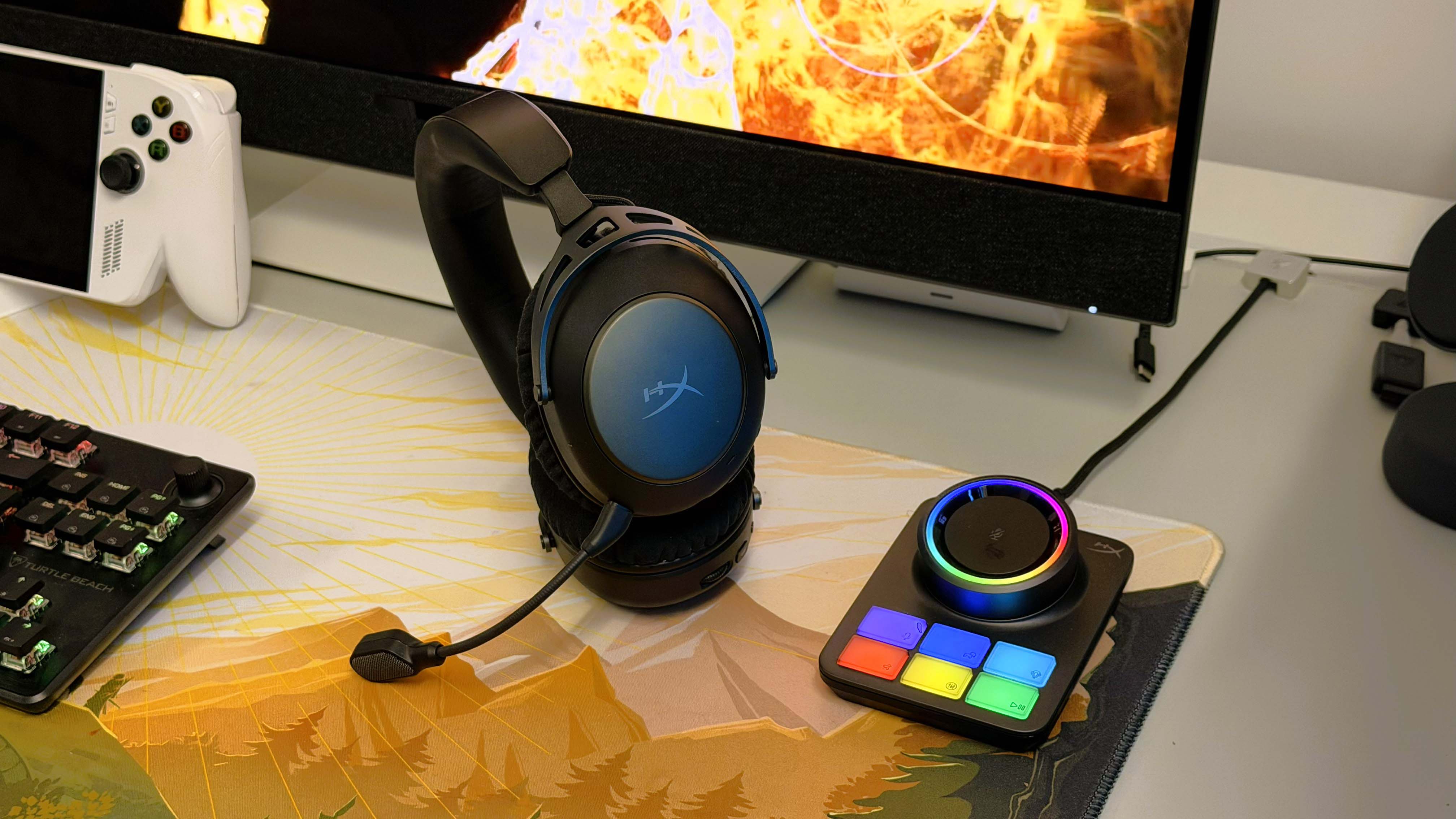5,000 pixels per inch, beyond 8K and 15,000 nits: Samsung's new OLED for VR headsets sounds completely bananas
There's a slightly lower res 20,000 nit version, too.

Forget about your feeble 140 DPI, 1,000 nit, 4K OLED monitors, Samsung has just announced a new OLED panel with 5,000 pixels per inch capable of 15,000 nits and beyond 8K resolution. Oh, and it measures just 1.4 inches across.
It is, of course, aimed at VR headsets, hence the teensy proportions. Samsung says it will also run at up to 120 Hz and hit 99% of the DCI-P3 gamut. If that's not enough for you, Samsung is also doing a 20,000 nit version, albeit that panel only delivers 4,200 DPI.
These really bright nit levels are desirable because they'll enable a more convincing rendition of being outdoors in the real world. The beyond-8K bit means that the screen door effect or the viewer's ability to discern the underlying pixel grid should be minimised, perhaps fully neutralised, which again will only boost realism.
Both panels use so-called OLEDoS tech, which means OLED on silicon. According to Samsung, OLEDoS, "deposits organic materials directly onto a silicon wafer, enabling pixel sizes as small as tens of micrometers."
Strictly speaking, this isn't the first time we've seen VR-adjacent technology capable of 20,000 nits. Back in 2022, Meta showed off a "wildly impractical" prototype headset that could hit 20,000 nits.
That was so heavy, it had to be suspended from the ceiling and required special handles that the viewer used to simply hold it against their eyes. The technology in question wasn't detailed by Meta, but I suspect it was LCD with some kind of very powerful but big and dumb backlight.
In other words, these new Samsung panels take the same basic idea, which is to enable a near daylight-like experience, and shrink it down into a component that's actually usable in a headset.
Keep up to date with the most important stories and the best deals, as picked by the PC Gamer team.
Incidentally, if you're wondering what 20,000 nits is actually like, it's pretty bright, but still peanuts compared to, say, looking directly at midday sunlight (something you definitely shouldn't do), which is generally regarded to be equivalent to 1.6 billion (yes, billion) nits.
20,000 nits is more like looking at a fluorescent light tube. So, it's bright, but it won't hurt your eyes. Samsung seems to be moving fast with this high brightness OLED tech for VR. In 2024, it showed off a 5,000 nit panel, at CES earlier this year that increased to 10,000 nits and now barely six months later that's doubled again to 20,000 nits.
Best CPU for gaming: Top chips from Intel and AMD.
Best gaming motherboard: The right boards.
Best graphics card: Your perfect pixel-pusher awaits.
Best SSD for gaming: Get into the game first.

Jeremy has been writing about technology and PCs since the 90nm Netburst era (Google it!) and enjoys nothing more than a serious dissertation on the finer points of monitor input lag and overshoot followed by a forensic examination of advanced lithography. Or maybe he just likes machines that go “ping!” He also has a thing for tennis and cars.
You must confirm your public display name before commenting
Please logout and then login again, you will then be prompted to enter your display name.


